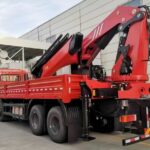The slewing bearing of a tower crane plays a crucial role in the overall stability and functionality of the equipment. The connection of the slewing bearing through high-strength bolts is a critical aspect that requires careful consideration and proper implementation. According to the working stress characteristics, the high-strength bolt connection of the slewing bearing should belong to the friction type. This means that the connection relies on the friction between the bolted surfaces to transfer the loads and maintain the integrity of the assembly.
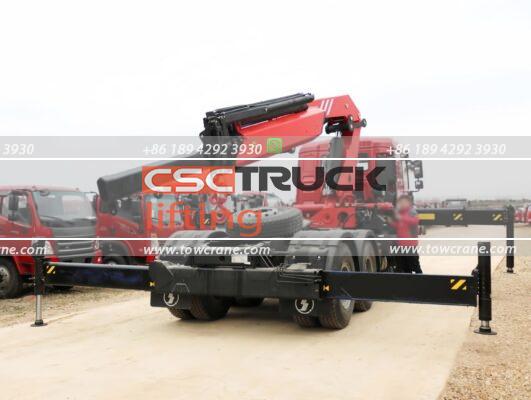
The connection work of the slewing bearing and the upper and lower support seats is generally completed on the ground. This is a strategic approach as it allows for better access and more controlled working conditions compared to performing the connection at heights. On the ground, technicians can take their time to ensure that the connection is made accurately and securely.
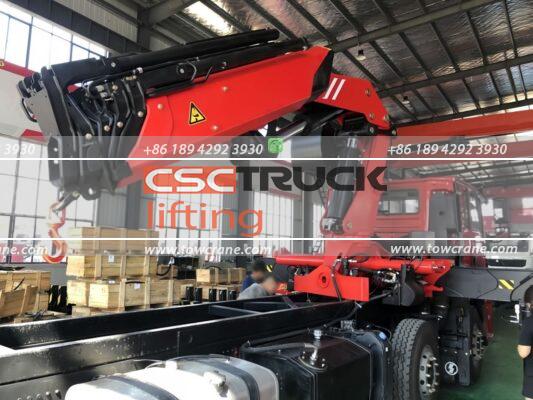
When tightening the bolts, two main methods can be employed: the torque method or the angle method. These methods are used to tighten the bolts symmetrically and evenly multiple times in the circumferential direction to reach the specified preload. The preload is essential as it ensures that the bolts are properly tensioned and can withstand the various forces and stresses that the tower crane will experience during operation.
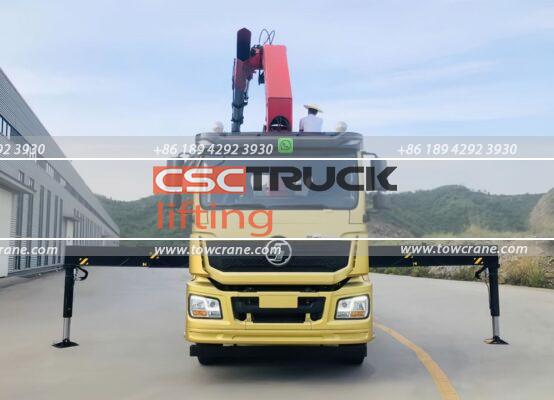
The torque method involves applying a specific amount of torque to the bolts using a torque wrench. The torque wrench is calibrated to deliver a precise amount of rotational force, which translates into a specific tension in the bolt. By tightening the bolts to the specified torque value, the desired preload can be achieved. 하지만, this method requires accurate calibration of the torque wrench and careful application to ensure that the correct preload is attained.
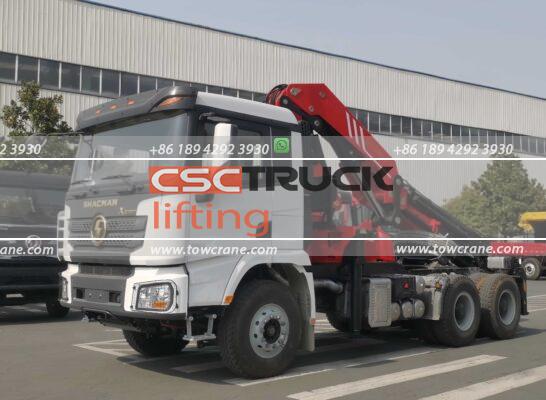
The angle method, 반면에, involves tightening the bolts to a certain initial torque and then further tightening them by a specific angle. This method is based on the relationship between the rotation of the bolt and the increase in tension. By tightening the bolts by a specific angle, the preload can be gradually increased to the specified value. The angle method can be particularly useful when a torque wrench is not available or when more precise control over the preload is required.
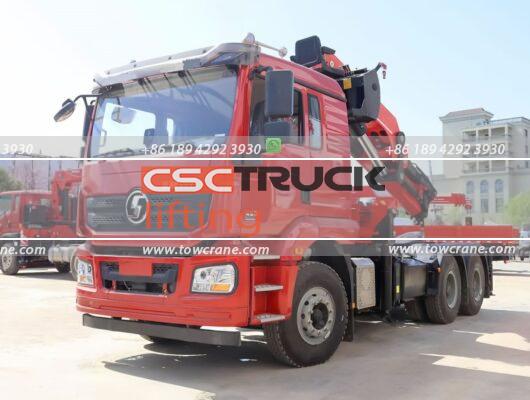
Based on the above stress analysis of bolt connections according to Hooke’s law, the application method of preload on tower cranes is derived. Hooke’s law states that the stress in a material is proportional to the strain within certain limits. In the context of bolt connections, this means that the tension in the bolts is related to the deformation of the bolted components. By analyzing the stress-strain relationship using Hooke’s law, it is possible to determine the appropriate preload for the bolts to ensure safe and reliable operation of the tower crane.
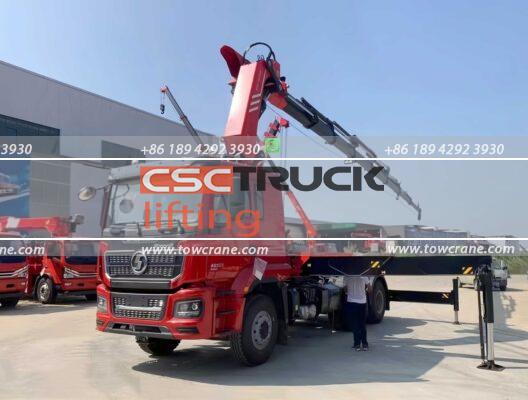
In the absence of a torque wrench, the angle method can effectively reach and ensure the specified preload value during installation. This is a valuable alternative when traditional tools are not available. By carefully following the steps of the angle method and using accurate measurements, technicians can achieve the required preload and ensure the integrity of the bolted connection. 예를 들어, first, the bolts are tightened to an initial torque using a regular wrench. 그 다음에, using a protractor or other measuring device, the bolts are further tightened by a specific angle. This process is repeated multiple times in a symmetric and even manner around the circumference of the slewing bearing to ensure that the preload is evenly distributed.
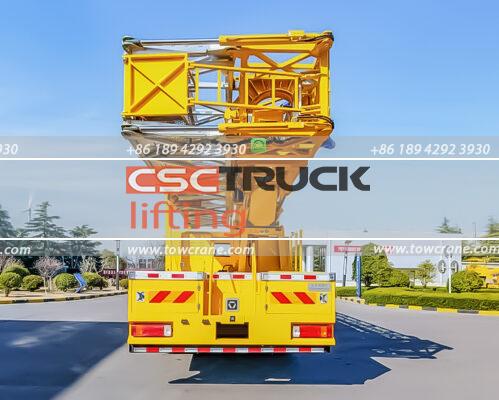
결론적으로, the preload and method of connecting bolts of 타워 크레인 선회 베어링s are crucial aspects of tower crane installation and operation. By understanding the working stress characteristics and using appropriate tightening methods, such as the torque method or the angle method, technicians can ensure that the bolts are properly tensioned and can withstand the forces and stresses of operation. The application of preload according to Hooke’s law and the use of the angle method in the absence of a torque wrench provide practical solutions for achieving safe and reliable bolted connections. This not only ensures the stability and safety of the tower crane but also prolongs the lifespan of the equipment and reduces the risk of failures.






